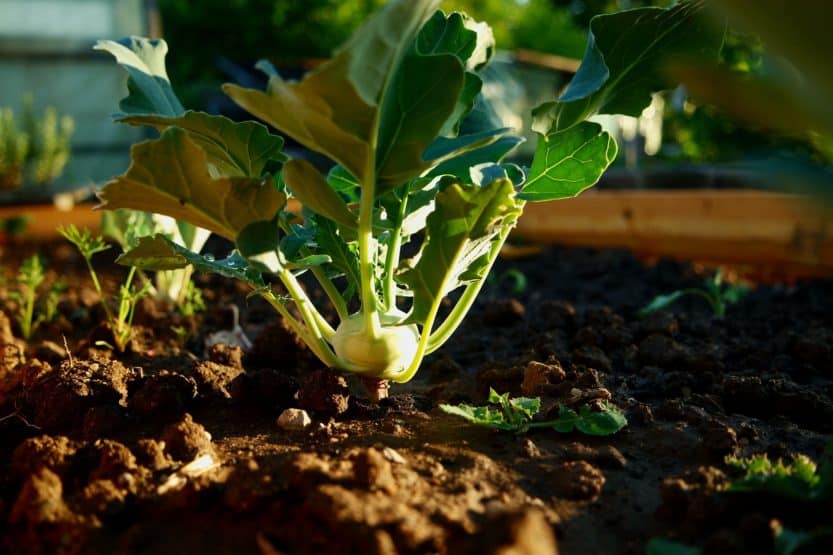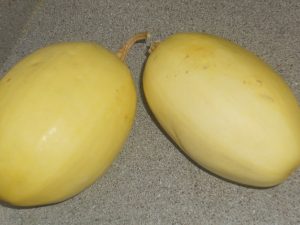Kohlrabi is the lesser known member of the brassica family of crops. Similar to its relatives, cabbage, and broccoli, it prefers to grow in a cool climate. Kohlrabi is grown for its thick, bulbous stem. The kohlrabi stem is a good source of vitamin A, vitamin C, and calcium; and it is a very good source of dietary fiber.
Buy Kohlrabi Seeds Online
| Image | Name | Rating | Shop |
|---|---|---|---|
 | Early White Vienna Kohlrabi (Brassica oleracea) 500 Seeds Non-GMO | ||
 | Purple Vienna Kohlrabi (Brassica oleracea) 500 Seeds Non-GMO | ||
 | Kohlrabi Giant Organic Heirloom |
Kohlrabi Varieties
There are two main types of kohlrabi: green and purple. The purple variety is a little sweeter and has ornamental appeal; while the green variety is the more common type that would most likely be available in your local market. Storage varieties are mostly of the green type and tend to grow larger and keep for longer periods.
Kohlrabi Growing Season
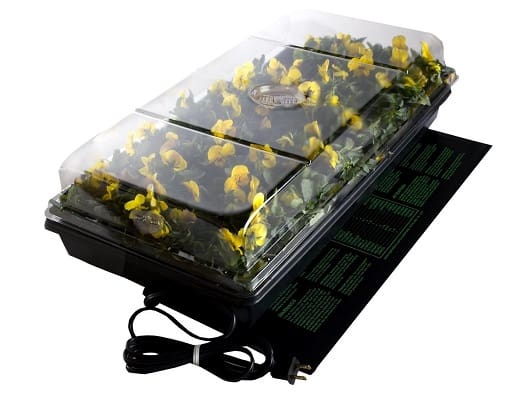
Kohlrabi grows best in temperatures below 75 degrees Fahrenheit (24 C), so it’s best to get them out early. You can start kohlrabi indoors in a heated seed tray (Buy Online), 2 weeks before your last frost. Since kohlrabi matures quickly, this should allow for the plant to be harvested before the summer heat sets in.
Planting Kohlrabi in the Fall
Another planting of kohlrabi can be done in the early fall when the weather cools down. You can start the fall crop indoors, or in a cool shaded area in your garden before the kohlrabi seedlings are moved to their final location to mature.
Planting Kohlrabi
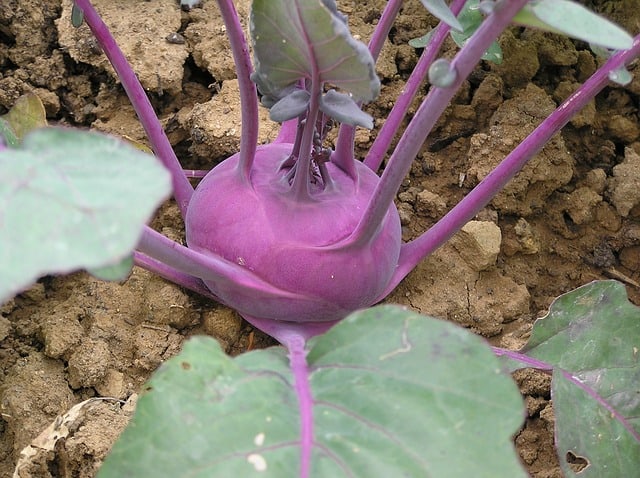
When selecting a location in your garden, be sure to find a spot with very fertile soil and full sun exposure. If your soil is not rich enough, the kohlrabi stems will fail to fill out and the plant will be susceptible to disease and insects.
Kohlrabi Soil Requirements
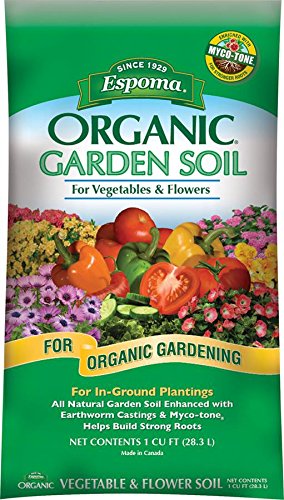
The soil (Buy Online) should be rich in organic matter and have a pH of 6.5 to 7.0. If you need to improve the soil, do so two weeks before your last frost by adding compost to the top 2 inches (5 cm) of soil. Make sure the soil has good drainage since kohlrabi, like most brassicas, does poorly with wet feet.
Kohlrabi Plant Spacing
Once the weather permits, you can plant your kohlrabi. You should plant seeds a week before the last frost in your area. When sowing kohlrabi seeds, plant them at a depth of 0.33 inches (0.8 cm) with an initial spacing of 5 inches (12.5 cm)
Transplanting Kohlrabi
If you started your plants indoors, you should plant them in the garden once they have been hardened off. Transplant the seedlings into the garden at a spacing of 11 inches (28 cm). Water the seeds or seedlings in deeply after planting; and for about a week thereafter, you should water daily, in order to maximize successful germination. If you started your crop from seed, thin the seedlings down to an 11 inch (28 cm) spacing, once all the plants have germinated.
Watering Kohlrabi
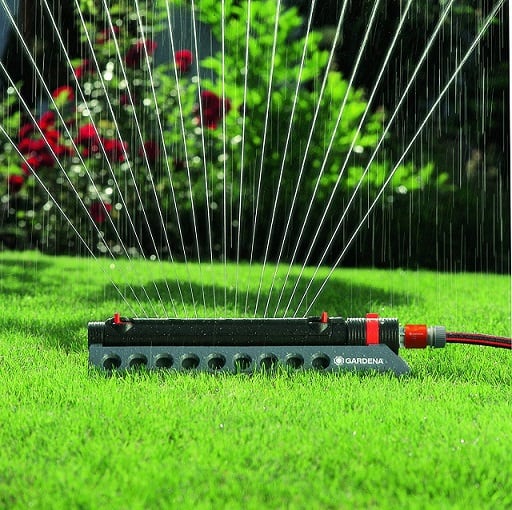
When the kohlrabi has established itself, it will require about 1 to 2 inches (2.5 to 5 cm) of water a week. You should water multiple times a week, being careful to avoid over-saturating the soil, in order to limit the risk of causing any rot, molds or fungus from infecting your plant.
Kohlrabi Weed Management
While the plants are young, weeds may begin to overcrowd the seedlings. If this happens, remove the weeds carefully, as kohlrabi has a very shallow root system that can be easily damaged. If possible, add a thick layer of mulch around your plants, in order to prevent weeds from taking over the area and to minimize the need for frequent watering.
Caring for Kohlrabi
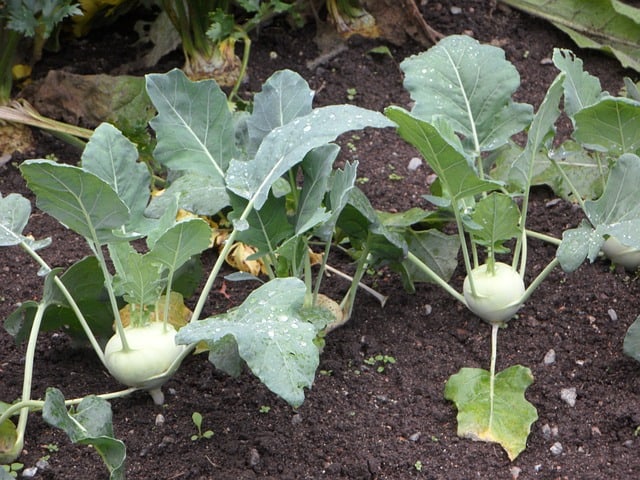
Caring for your young kohlrabi plants can be somewhat of a challenge. Be on alert in the early spring, when insect and disease pressures can be quite high. One such pest is the white cabbage butterfly, which can cause serious damage to young plants; and, in some cases, they can completely defoliate them.
Kohlrabi Pests
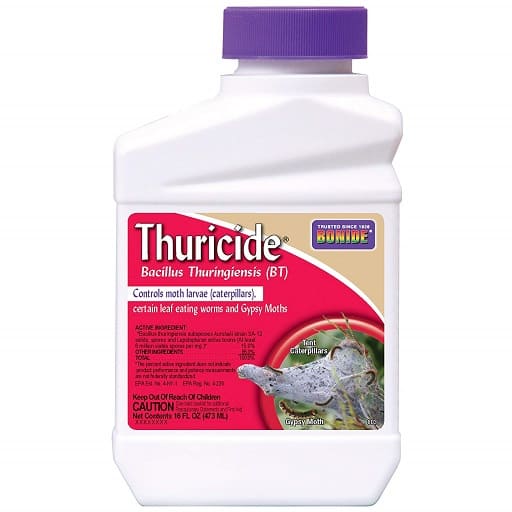
If you see white butterflies hovering around your plants, immediately begin checking them for eggs or larvae, then remove them from the plant promptly. If the problem is greater than hand inspection and eradication can control, you might consider using an organic pesticide, such as Bacillus Thuringenisus (Buy Online), to keep the insects at bay.
How do you Fertilize Kohlrabi?
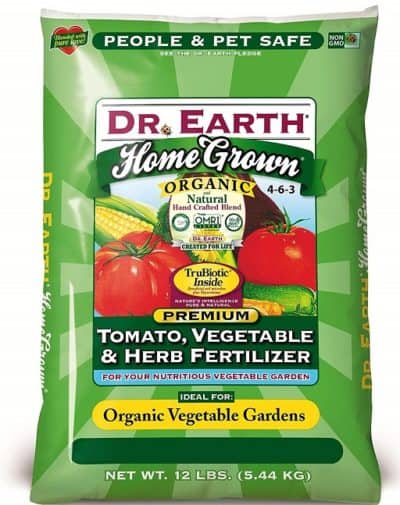
In order to keep the plant strong and healthy as the season progresses, you should fertilize the plants every two weeks with a fertilizer (Buy Online) high in nitrogen and potassium.
How do you Know when Kohlrabi is Ready to Harvest?
Kohlrabi is usually ready to be harvested in fifty to sixty days. Check the stem; and if it is 2 to 3 inches (5 to 7.5 cm) in diameter, you can pick it. If you let the stem grow too large, it will become woody and fibrous. If this happens, you can salvage the tender inner core by peeling the outer skin off the stem.
Harvesting Kohlrabi
The way you harvest kohlrabi is by cutting the stem at or below the soil line, where the plant begins to taper off. Kohlrabi can be stored in the refrigerator for up to a month. If longer storage is necessary, you can dice the stem into small pieces; and then lightly blanch them for storing in the freezer.


